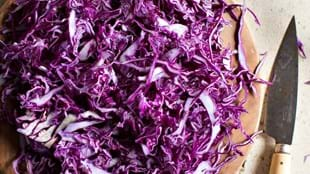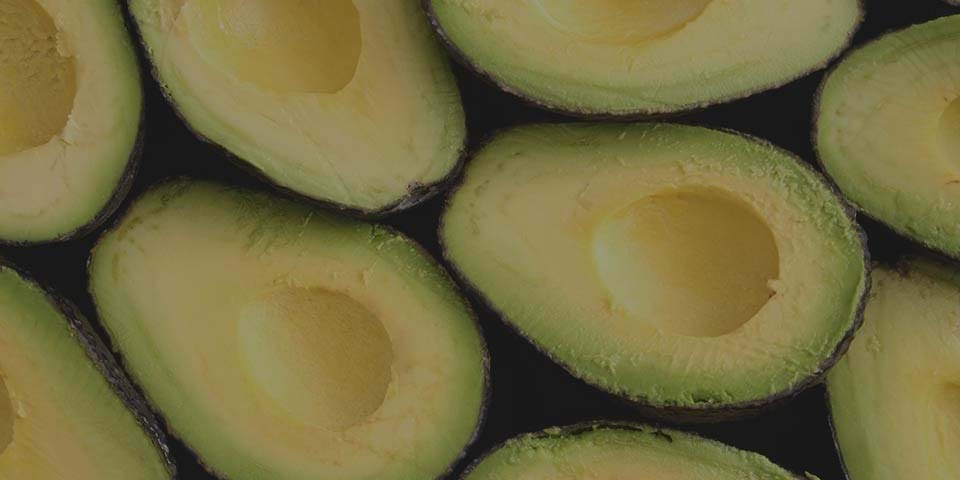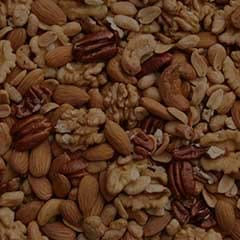Fermentation has been around since the beginnings of time – but we’re only just beginning to truly appreciate the scientific basis of its extraordinary benefits.
Partly this is because it is such a mysterious process – take almost any fruit, grain or vegetable, add a little time, some pungent smells, maybe some mould growth and the odd gas bubble … and a magic transformation occurs.
The secret lies in the actions of particular microorganisms, including bacteria, mould and fungi. These tiny bugs begin the process of digesting the food, but in so doing they make a whole new cocktail of interesting products, not least alcohol.
Early civilizations, probably through many years of trial and error, were able to combine the cultivation of plants and fruit with the actions of wild yeast and bacteria. The earliest successes were in the production of the original home brews. Archaeologists regularly find pottery used in the making and storage of either mead (honey), beer (grains) or wine (grapes).
Soon after came fermented dairy products and eventually cheeses. As societies grew and became more elaborate, so too did the sophistication of fermentation. Special caves were devoted entirely to making particular mouldy cheeses, entire monasteries brewed beer, and whole villages grew around the chopping, storing and preparation of complex fermented foods such as kimchi.
Living in our modern, antiseptically clean world, the thought of eating food deliberately infected with micro-organisms can be challenging. However, fermentation was originally widely used to make foods safer and for preservation, long before modern technologies, including pasteurization, sterilization and refrigeration sent such traditional practices into obscurity.
Only a few generations ago, everyone was eating and drinking products that were prepared by natural fermentation methods. Thankfully, a few traditionalists, many in Asia, have clung to the ways of the past to keep the art and skills of fermentation alive.
Three reasons fermentation is fabulous
Probiotic powerhouses: The human gut “microbiome” refers to the many trillions of bacteria living in the large intestine. These bacteria convert undigested food into a complex array of vital chemicals we need for our health. Some of the live bacteria in fermented food make it past the acid and digestive enzymes to arrive ready for action in the large intestine. Their value in helping recovery from diarrhoea and fungal infections is well established. More subtly, probiotic bacteria reset the optimal balance of the gut microbiome. Exactly how this occurs remains a scientific mystery, and it is one of the exciting frontiers of nutritional research right now.
Fermentation factories: Along with the bacteria themselves, fermentation produces many interesting chemicals. Unlike our bodies, bacteria can synthesizes an array of vitamins. Most fermented foods are rich in B group vitamins and Vitamin K. These bacteria also trap minerals, including iron, manganese, magnesium and calcium – delivering a vital and tasty mineral boost.
Taste the difference: The wonder of fermentation is how it takes bland foods and beverages such as milk, grapes, soybeans and cabbages, and turns them into something completely different. The unique properties of the fermentation bacteria generate complex, alluring and undeniable flavors. Life would be bland and boring without bacteria!
Five familiar fermented super-foods you can enjoy now
Yoghurt: Before yoghurt was mixed with fruit there were the Greek and Bulgarian varieties. This traditional mixture of lactobacillus bacteria and full cream milk was set into a thick and tart yoghurt. Yoghurt was really the first “superfood”. The famous Nobel prize-winning Russian bacteriologist, Professor Elie Metchnikoff, identified the link between the longevity of Bulgarians in the early 1900s and their regular intake of yoghurt. Working in the then-recently established Pasteur Institute in Paris, Metchnikoff was amazed that yoghurt contained live, edible bacteria. His discoveries began the probiotics revolution and put yoghurt back into vogue. (He would be unimpressed by the sweetened, pale imitations of the hearty yoghurt he consumed his entire (long) life).
Kefir and Lassi: Essentially these are variations of drinking yoghurt made from sour milk. Unlike traditional yoghurt, each contains a complex mixture of bacteria and fungi, often drunk as a pre-dinner aperitif to prime the digestive tract.
Traditional cheeses: The care and devotion involved in the production of small batch artisan cheeses is astonishing. The deliberate inoculation of moulds, including those that either grow on the rind or throughout the cheese (in the case of blue vein), generate cheeses that are truly alive. Many of these ancient practices cannot be replicated anywhere other than the specific region or cave of their origin.
Sauerkraut and Kimchi: During the long days of northern summers, cabbages grow and ripen. Fermentation techniques were independently developed in Germany and Korea to produce the pungent flavors of sauerkraut or the spiciness of kimchi. This was not only a great way to deal with excess cabbages, but a flavorsome way to position the poor old cabbage as the star of the meal.
Miso and Tempeh: Soybeans have been cultivated throughout Asia since the beginnings of human civilization. Many different techniques are used to ferment soybeans to produce a staggeringly complex range of traditional products. Western supermarket shelves carry only a tiny few, including miso (from Japan) and tempeh (Indonesia).
Check out this simple and delicious Red Cabbage and Beet Sauerkraut recipe to get your fermentation fix the old fashioned way.
If you’re keen to delve deeper into the intricacies of your gut microbiome there’s a lot to learn from Roger Lentle, a world leader in the study of gut motility. Listen to Professor Rodger Lentle discuss the significant health benefits associated with using probiotics to get more good bugs back in your gut.

Professor David Cameron-Smith is a regular contributor to Fit Planet. A transplanted Australian, he obtained a PhD in nutritional biochemistry from Deakin University, and undertook postdoctoral training at the Royal Prince Alfred Hospital, Sydney. His research interests include the importance of nutrition in the maintenance of optimal health in an ageing population, and the impact of nutrition in regulating the function of muscles.








